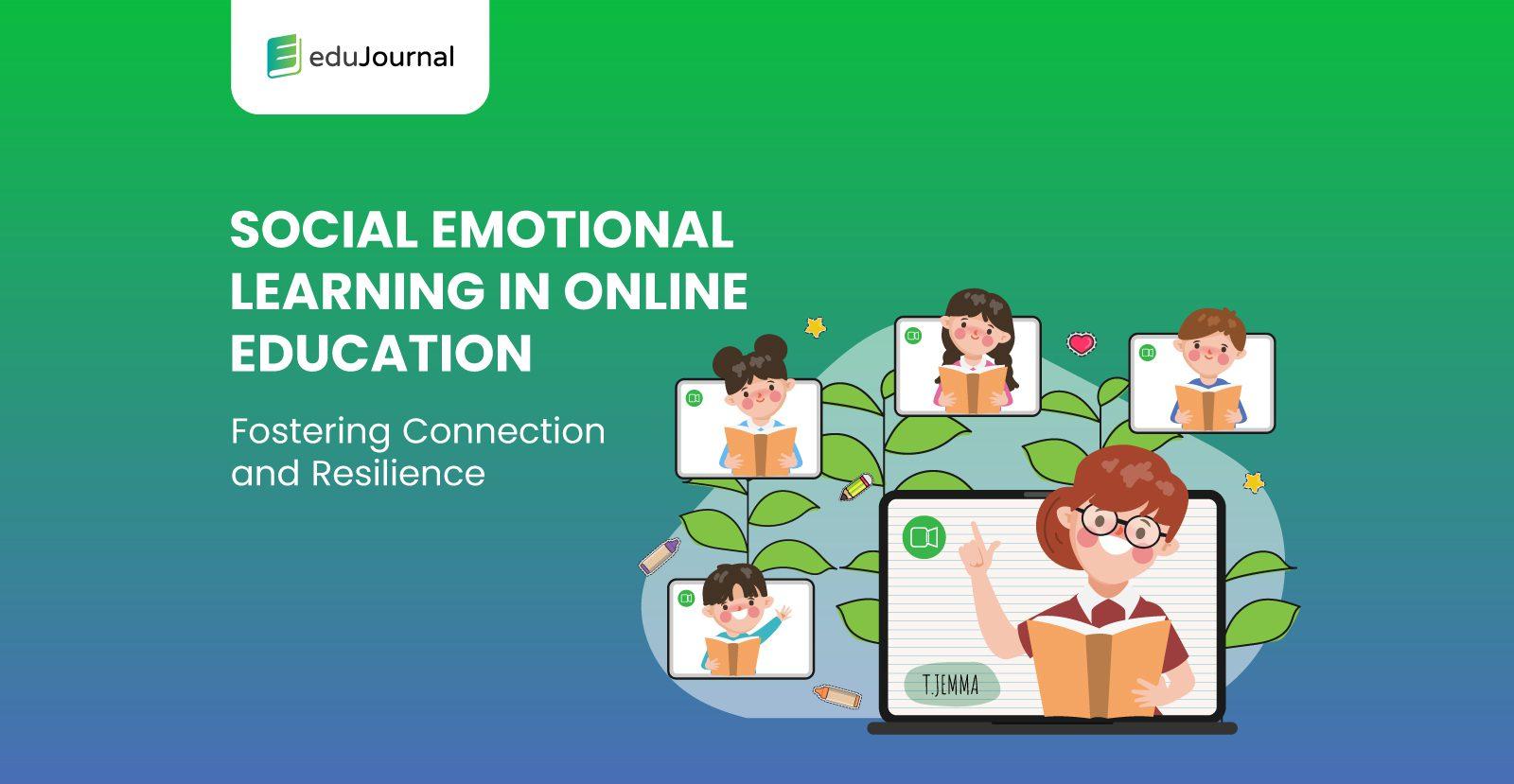Integrating SEL into the Digital Classroom: Strategies for Fostering Social-Emotional Learning Online
The educational landscape is evolving rapidly, with digital classrooms becoming the new norm. While technology enhances learning opportunities, it also highlights the importance of addressing students’ social-emotional needs. Social-Emotional Learning (SEL) builds the emotional intelligence, resilience, and interpersonal skills necessary for academic and lifelong success.But how can educators effectively integrate SEL into digital learning environments? In this extensive guide, we’ll explore actionable strategies for fostering social-emotional learning online and examine the benefits, tips, and real-world examples to empower both teachers and students.
What is Social-Emotional Learning (SEL) and Why is it Critically important?
Social-Emotional Learning (SEL) refers to the process of helping students develop essential skills for emotional regulation, empathy, positive relationship-building, responsible decision-making, and self-awareness. In the digital classroom, these competencies become even more vital as students navigate remote interactions, diverse communities, and the challenges of online communication.
- Improved academic outcomes
- Increased student engagement and motivation
- Healthier digital citizenship habits
- Reduction in behavioral problems and bullying
- Greater resilience and adaptability
integrating SEL into online learning is not only beneficial—it’s necessary for the holistic growth of students in a digital-first world.
challenges of Integrating SEL in the Digital Classroom
Despite the clear benefits, fostering social-emotional learning online comes with unique obstacles:
- Lack of face-to-face interaction can hinder emotional expression
- Reduced opportunities for spontaneous social learning
- Screen fatigue impacting engagement levels
- Difficulties in building classroom community online
- Limited non-verbal communication cues
However, with intentional strategies, educators can overcome these barriers and create supportive virtual learning environments where SEL can thrive.
Proven Strategies for Fostering SEL Online
1. Establish a Safe and Inclusive Digital Environment
- Set clear guidelines: Collaborate with students to create digital citizenship norms and behavioral expectations in online forums and video calls.
- Encourage open communication: Regularly check in with students through polls, private chats, or reflection journals.
- Normalize emotional expression: Use mood meters, digital “feeling thermometers,” or emojis to allow students to share how they’re feeling at the start of the day.
2. Integrate SEL Activities into the Curriculum
- Morning meetings: Begin virtual lessons with community-building activities or SEL check-ins.
- Interactive SEL lessons: Use digital storybooks, videos, or role-playing scenarios that teach empathy and conflict resolution.
- Reflective writing prompts: Encourage students to keep digital journals or blogs to process their emotions and experiences.
3.Leverage Technology to Support SEL
- SEL-focused apps and platforms: Tools like ClassDojo, Peekapak, or Second Step offer interactive content aligned with SEL goals.
- Breakout rooms: Use smaller virtual groups for collaborative projects and peer feedback, fostering connection and communication skills.
- Gamified learning: Incorporate elements of game-based learning to make SEL exercises engaging and memorable.
4. Model SEL as an Educator
- Demonstrate emotional regulation: Share your own coping strategies during challenging times.
- practice active listening: Give undivided attention when students share, validating their feelings and perspectives.
- Promote a growth mindset: Use setbacks as teachable moments to reinforce resilience and perseverance.
5.Foster Peer-to-Peer Relationships
- Virtual group projects: Design assignments that require collaboration, ensuring every student has a role.
- Online peer mentoring: Pair older students with younger peers for shared learning and support.
- Discussion boards: Create thematic forums or channels for students to share experiences and offer peer feedback.
Benefits of Social-Emotional Learning in Online Education
- Boosts academic achievement: SEL skills have been linked to improved grades and standardized test scores.
- Mitigates feelings of isolation: SEL activities build online community, reducing loneliness in remote settings.
- Encourages digital citizenship: Students develop greater duty in their online interactions.
- Enhances adaptability: SEL scaffolds students’ ability to manage change and uncertainty in digital learning.
- Improves teacher-student relationships: Increased trust, empathy, and positive communication benefit everyone in the virtual classroom.
Practical Tips for Educators: Implementing SEL Online
-
Schedule regular SEL check-ins:
Set aside time each week for digital circles, mindful moments, or gratitude exercises.
-
Use multimedia resources:
Leverage videos, podcasts, and infographics to introduce SEL concepts in diverse formats.
-
Assess SEL growth:
Use digital surveys or reflection prompts to measure progress and adapt strategies as needed.
-
Involve families:
Provide at-home SEL activities and communicate openly with parents about online SEL goals.
-
Celebrate achievements:
Acknowledge SEL milestones and positive behaviors with digital badges, shout-outs, or virtual assemblies.
case Studies & First-Hand Experiences
Case Study: Virtual SEL Success in an Elementary Classroom
At Green valley Elementary, a 4th-grade teacher integrated daily SEL activities into her digital classroom using a blend of morning meetings, digital journals, and ClassDojo. Over the semester, students reported feeling more connected and were more likely to participate in online discussions. Disciplinary incidents dropped by 35% compared to the previous year, underscoring the impact of intentional SEL programming online.
Educator Insight: Building Community in High School E-Learning
“Moving to online teaching, I worried about student engagement and emotional wellness,” shares high school English teacher Maria Santos. “Weekly virtual circles,where every voice is heard,transformed the class dynamic. Students now support one another through academic and personal challenges—it’s been a game changer!”
Conclusion
Integrating SEL into the digital classroom is both a challenge and an chance. By implementing structured routines, leveraging technology thoughtfully, and fostering authentic connections, educators can cultivate a supportive online environment where social-emotional learning flourishes. As digital education continues to expand,prioritizing SEL will equip students with the resilience,empathy,and adaptability they need for success,not just in school,but in life. Start small, remain consistent, and watch your digital classroom transform into a vibrant community of confident and compassionate learners.
Further Reading
- Collaborative for Academic, Social, and Emotional Learning (CASEL)
- Edutopia: Social and Emotional Learning
- Common Sense Education: SEL Resources

